Step into the mesmerizing world of Irish dance, where the reel stands as one of the most captivating and enduring forms of traditional expression. This vibrant dance has woven its way through centuries of Irish culture, creating a rich tapestry that continues to enchant audiences worldwide. Whether you're considering your first irish dance class or simply fascinated by cultural traditions, the story of the Irish reel is nothing short of extraordinary.
The Irish reel represents far more than just movement to music: it's a living testament to Ireland's resilient spirit and cultural heritage. From humble Scottish origins to becoming the heartbeat of traditional irish dance, the reel has evolved into an art form that captivates both beginners and seasoned dancers alike.
The Surprising Scottish Origins
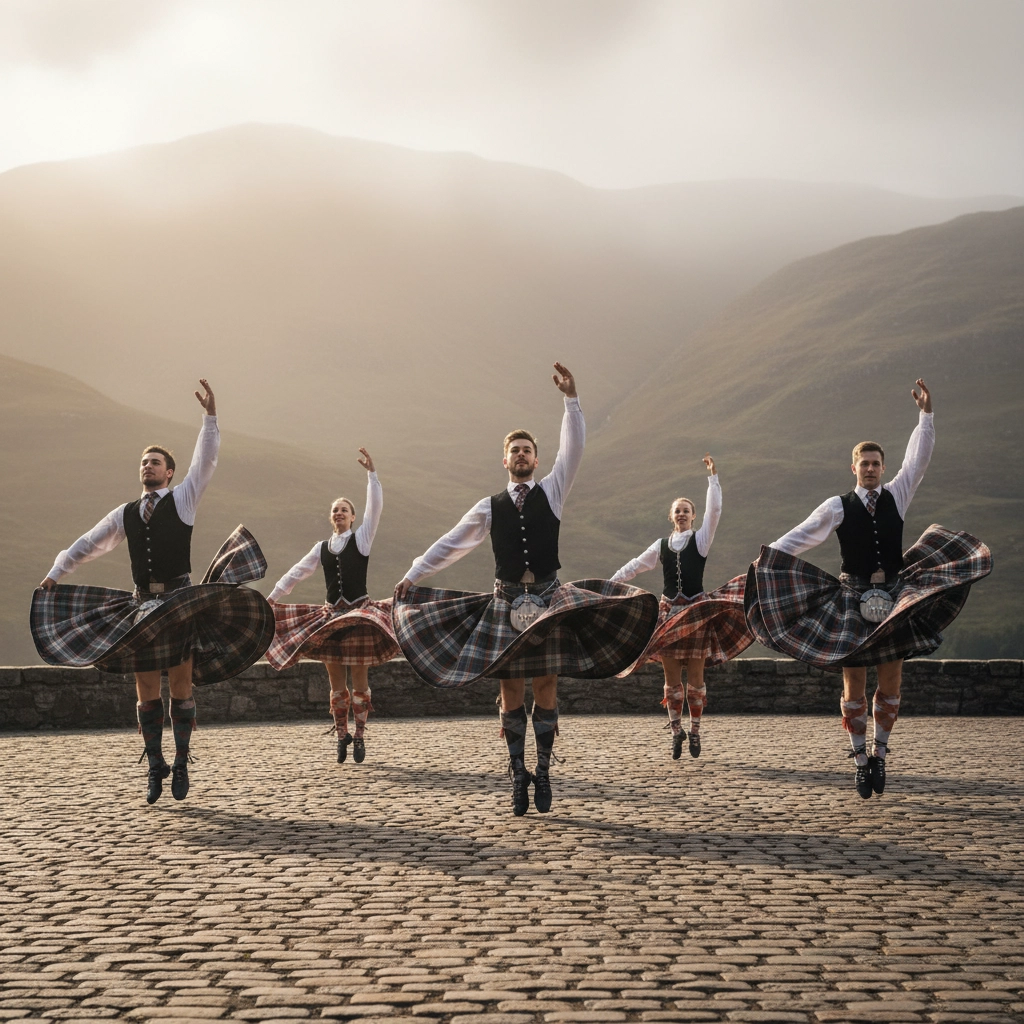
Here's where the story takes an unexpected turn that often surprises those new to irish dance lessons! The beloved Irish reel didn't actually begin in Ireland at all. Around 1750, this enchanting dance form first emerged in Scotland, where it was named after the Swedish word "ragla," meaning to stagger, incline, or move while walking from one side to the other.
The earliest documented evidence of reel dancing appears in a remarkable 1598 publication called "News from Scotland," making it one of the oldest recorded dance forms that would eventually become integral to Irish culture. This Scottish foundation laid the groundwork for what would become one of Ireland's most treasured irish cultural activities.
What makes this origin story even more fascinating is how the dance transformed as it crossed borders. The Scottish reel was characterized by its smooth, rapid execution performed without any noise: a quality that would remain central to the dance's identity even as it evolved through Irish interpretation.
The Traveling Dance Masters: Cultural Ambassadors
The transformation of the Scottish reel into a distinctly Irish dance form is one of the most captivating chapters in dance history. During the 17th and 18th centuries, remarkable individuals known as traveling dance masters became the unsung heroes of Irish cultural preservation and innovation.
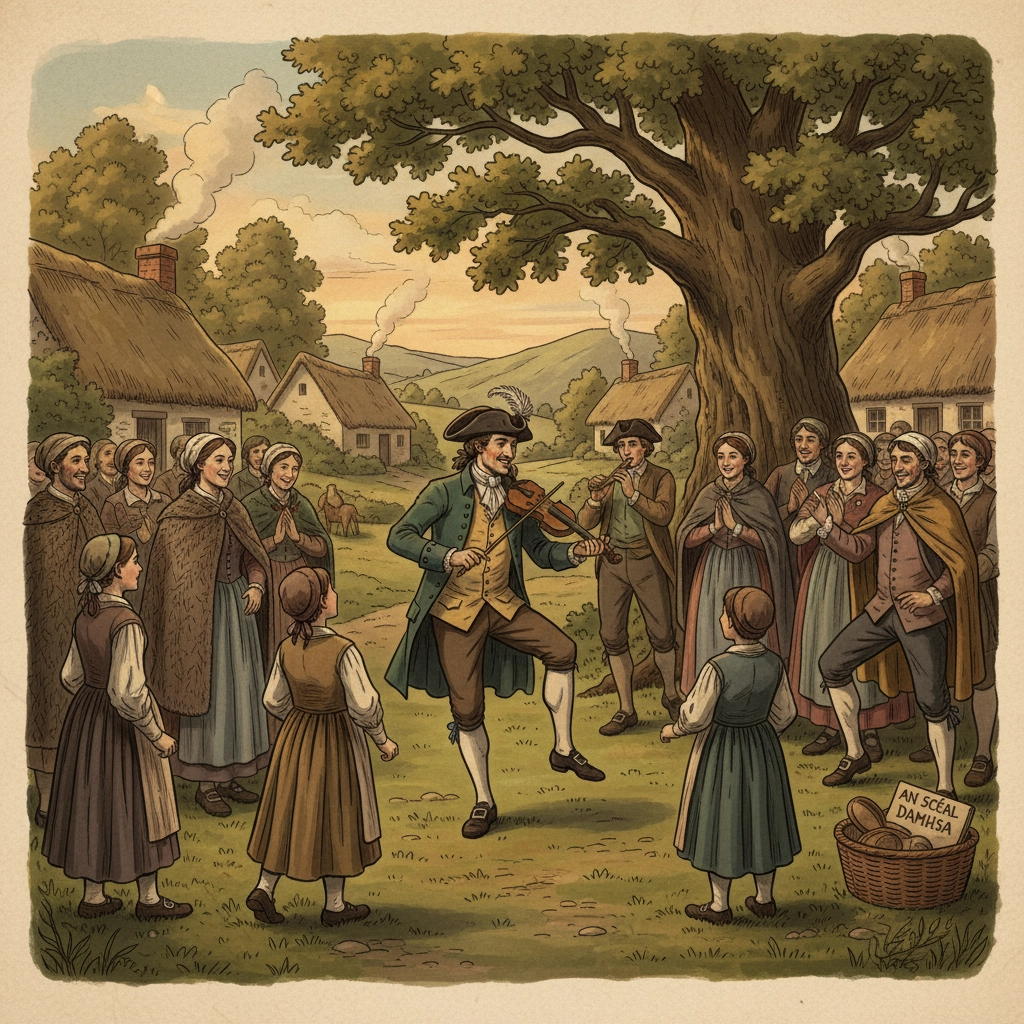
These dedicated artists traversed the Irish countryside, carrying with them not just dance steps, but entire cultural traditions. They adapted the Scottish reel to complement Irish traditional music, modifying movements and creating variations that showcased their exceptional dancing prowess. Each dance master brought their own creative interpretation, ensuring that the reel would evolve into something uniquely Irish while maintaining its core characteristics.
The traveling dance masters were more than teachers: they were cultural ambassadors who understood that dance served as a powerful means of community connection. In an era when formal entertainment was limited, these masters brought joy, celebration, and artistic expression directly to Irish villages and towns.
Their influence extended far beyond simple instruction. They created a network of knowledge that spread across Ireland, establishing the reel as a fundamental component of irish dance for beginners and advanced dancers alike. This grassroots movement ensured that the dance would become deeply embedded in Irish cultural identity.
The Golden Age: 19th Century Popularity
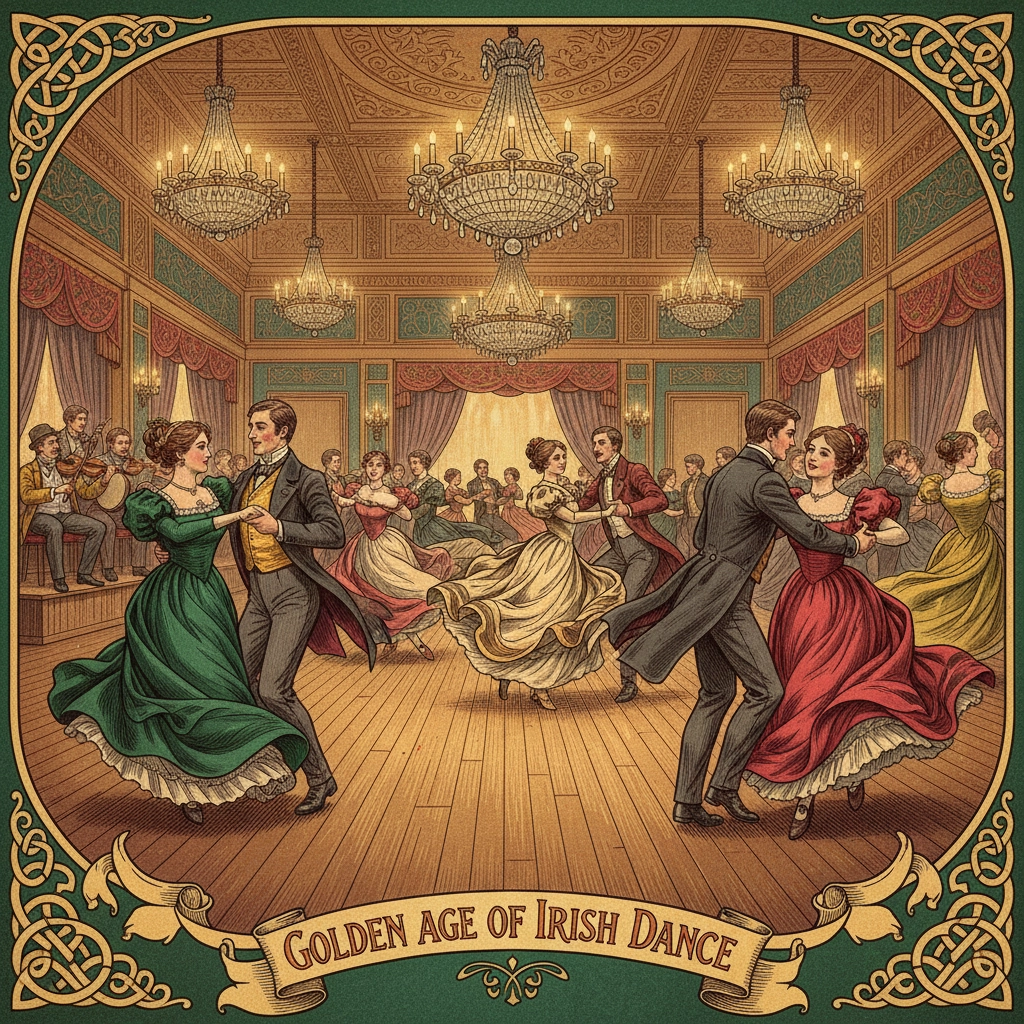
The 19th century marked the golden age of Irish reel dancing, when this magnificent art form gained unprecedented popularity throughout Ireland and Britain. During this period, the reel solidified its position as one of the four basic types of modern Irish dance, standing proudly alongside jigs, hornpipes, and set dances.
This era witnessed the reel's evolution from a regional dance into a national treasure. The dance's accessibility made it perfect for adult irish dance classes, as both men and women could participate equally. Unlike some traditional dances that were gender-specific, the reel celebrated inclusivity, inviting entire communities to participate in its joyful expression.
The 19th century also saw the standardization of reel techniques and the establishment of recognizable patterns that remain central to irish dance for kids today. Dance competitions began to emerge, creating a framework for preserving traditional steps while encouraging innovation and personal expression.
Cultural Significance and Community Connection
The Irish reel transcends mere entertainment: it represents the very soul of Irish community life. In traditional Irish society, reel dancing served as a cornerstone of social interaction, bringing people together during festivals, weddings, and community gatherings.
What makes the reel particularly special is its role in preserving oral traditions and storytelling. Many reels were accompanied by traditional songs or stories, creating a multimedia cultural experience that engaged multiple senses and emotions. This integration of music, movement, and narrative made the reel an incredibly effective vehicle for cultural transmission.
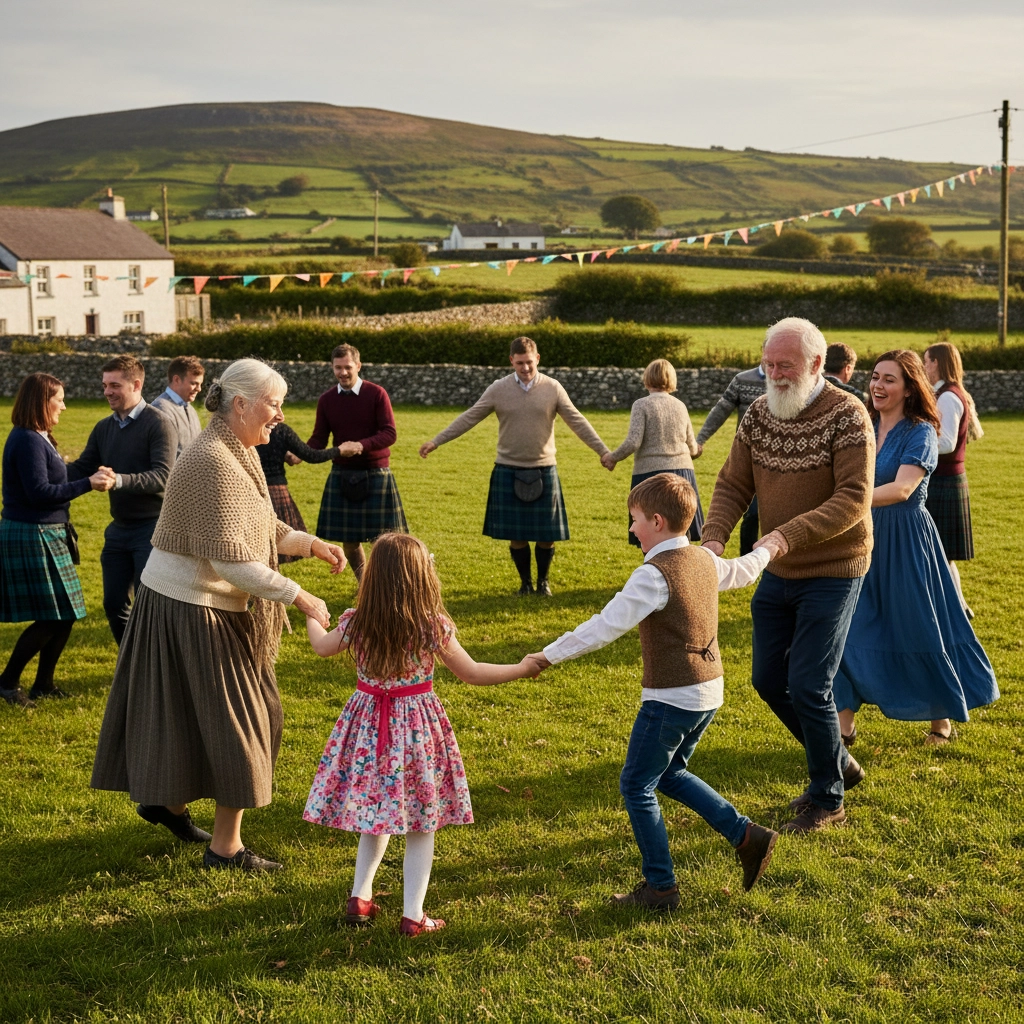
The dance also played a crucial role in courtship rituals and social bonding. Young people would often meet and interact through reel dancing, creating relationships that would strengthen community ties. The inclusive nature of the dance meant that people of all ages could participate, making it a truly intergenerational activity.
For modern practitioners exploring learn irish dance opportunities, understanding this cultural context adds profound depth to the physical movements. Each step carries centuries of tradition, each turn connects dancers to their ancestors, and each performance celebrates the enduring spirit of Irish heritage.
Modern Revival and Global Appeal
The 20th and 21st centuries have witnessed an extraordinary revival of interest in Irish reel dancing, largely catalyzed by spectacular shows like Riverdance and Lord of the Dance. These productions introduced millions of people worldwide to the breathtaking beauty of traditional irish dance, creating a global appetite for authentic Irish cultural experiences.
This modern renaissance has made irish dance lessons more accessible than ever before, with schools like Kane Irish Dance bringing this ancient art form to contemporary communities. Today's dancers can experience the same joy and cultural connection that has captivated people for centuries, while benefiting from modern teaching methods and training techniques.
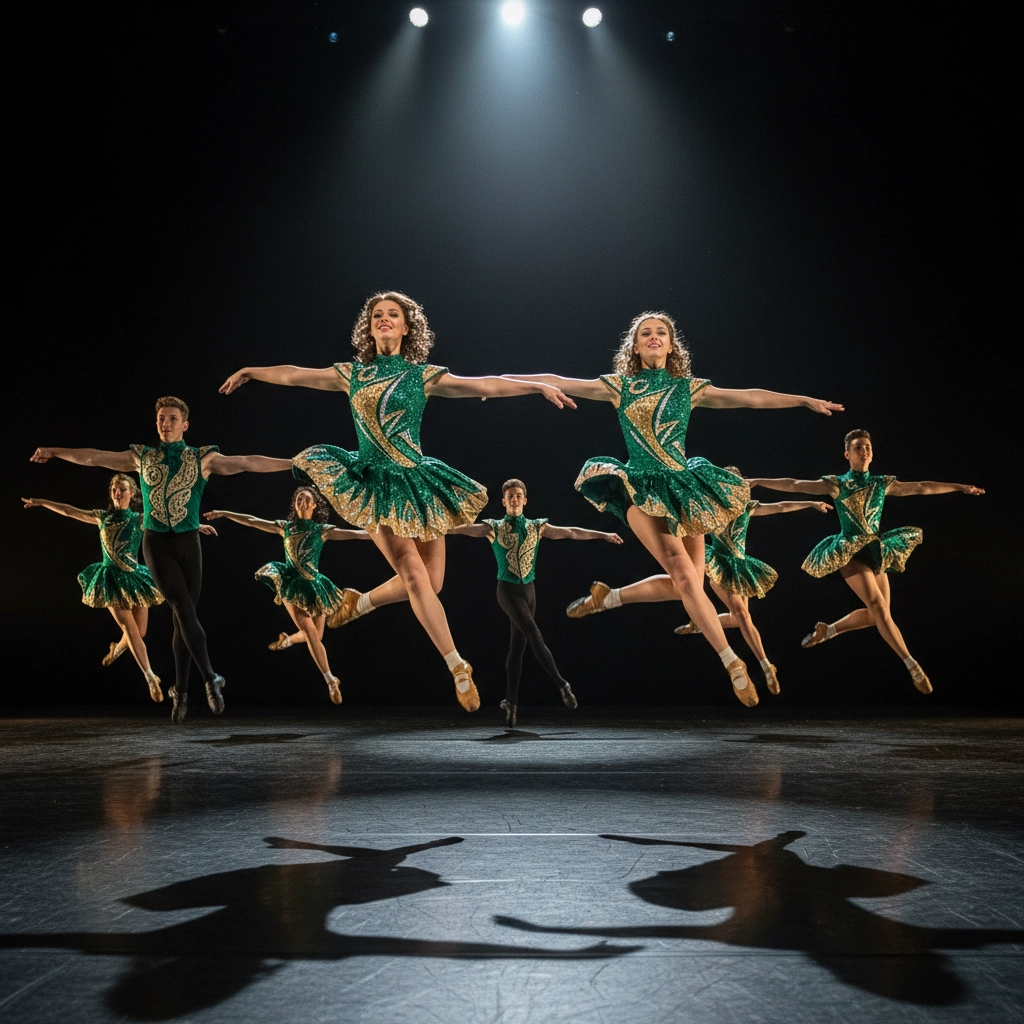
The reel's adaptability has allowed it to flourish in diverse cultural contexts while maintaining its essential character. From traditional Irish pubs to international dance competitions, from children's classes to adult fitness programs, the reel continues to evolve while honoring its rich heritage.
Online platforms and digital resources have further democratized access to Irish dance education, making it possible for people in remote areas to connect with this vibrant tradition. This technological integration has created new communities of dancers who share a passion for Irish culture and artistic expression.
The Reel Today: Tradition Meets Innovation
Contemporary Irish reel dancing represents a perfect marriage of historical authenticity and modern innovation. Today's dancers learn the same fundamental steps that were taught by traveling dance masters centuries ago, while incorporating contemporary training methods and performance techniques.
Modern irish dance classes emphasize both technical excellence and cultural understanding, ensuring that students appreciate not just the "how" but also the "why" behind each movement. This holistic approach creates dancers who are both skilled performers and cultural ambassadors.
The reel continues to serve as an excellent introduction for those interested in irish dance for beginners, offering a perfect balance of challenge and accessibility. Its rhythmic patterns and flowing movements provide an excellent foundation for developing the strength, coordination, and cultural appreciation that characterize excellent Irish dancers.
Whether you're drawn to Irish dance for fitness, cultural connection, or artistic expression, the reel offers an unparalleled entry point into this magnificent tradition. Its centuries-long journey from Scottish origins to global phenomenon demonstrates the universal appeal of authentic cultural expression and the enduring power of dance to unite communities across time and space.
The Irish reel stands as a testament to the transformative power of cultural exchange and the dedication of countless individuals who have preserved and shared this beautiful art form. As we continue to dance these ancient steps, we become part of an unbroken chain of tradition that stretches back through the centuries, connecting us to the very heart of Irish heritage.

